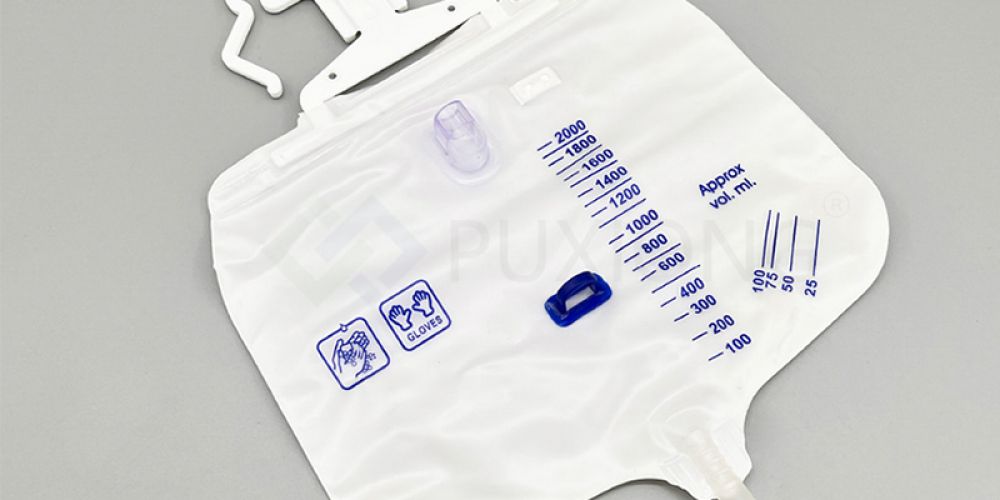High-Frequency Welding Technology for Drainage Bags: Precision and Reliability for Critical Care
I. Principle of High-Frequency Welding: Localized Heating and Superior Sealing
High-frequency welding leverages the skin effect and proximity effect of high-frequency currents (300–450 kHz) to rapidly heat the surface layer of welding zones to a molten state, achieving seamless bonding. Key features include:
-
Localized Heating:
- Current focuses precisely on the welding area, avoiding heat-induced deformation of the entire material. For instance, during PVC drainage bag production, the welding zone reaches a molten state in 0.1 seconds, while surrounding areas experience only a 5–10°C temperature rise, preserving material integrity.
-
High-Efficiency Sealing:
- The weld forms a uniform, dense molten layer with 80%+ strength of the base material, enduring extreme temperatures (-40°C to 120°C). Example: In negative-pressure drainage bottles, HF welding boosts seal performance at tube-bottle junctions by 30%, reducing post-operative infections by 15%.
II. Core Demands in Emergency and ICU Settings
Critically ill patients require drainage systems to meet stringent criteria:
-
Rapid Response:
- HF welding achieves speeds of 150–200 meters/minute, fulfilling urgent needs for medical consumables.
-
IPX8-Grade Sealing:
- Prevents fluid leakage and cross-contamination. HF welding ensures waterproof sealing at 1+ meter depth, lowering infection risks.
-
Material Adaptability:
- Compatible with PVC, PE, TPU, and other medical plastics, supporting diverse applications (e.g., urinary/chest drainage bags).
III. Advantages of HF Welding in Drainage Bag Production
-
Automation-Driven Efficiency:
- Fully automated production lines integrate HF welding with forming/sealing processes.
- Rotary HF welding machines with 4-cavity molds enable simultaneous production of 1–6 units, tripling output.
- Dual HF welding processes eliminate stepwise assembly, enabling single-step tube-bag integration and reducing contamination risks.
-
Quality Assurance:
- Infrared temperature control (±1°C precision) minimizes defect rates.
- Leak-proof designs withstand negative pressure (up to -80 kPa), preventing fluid leakage and associated infections.
